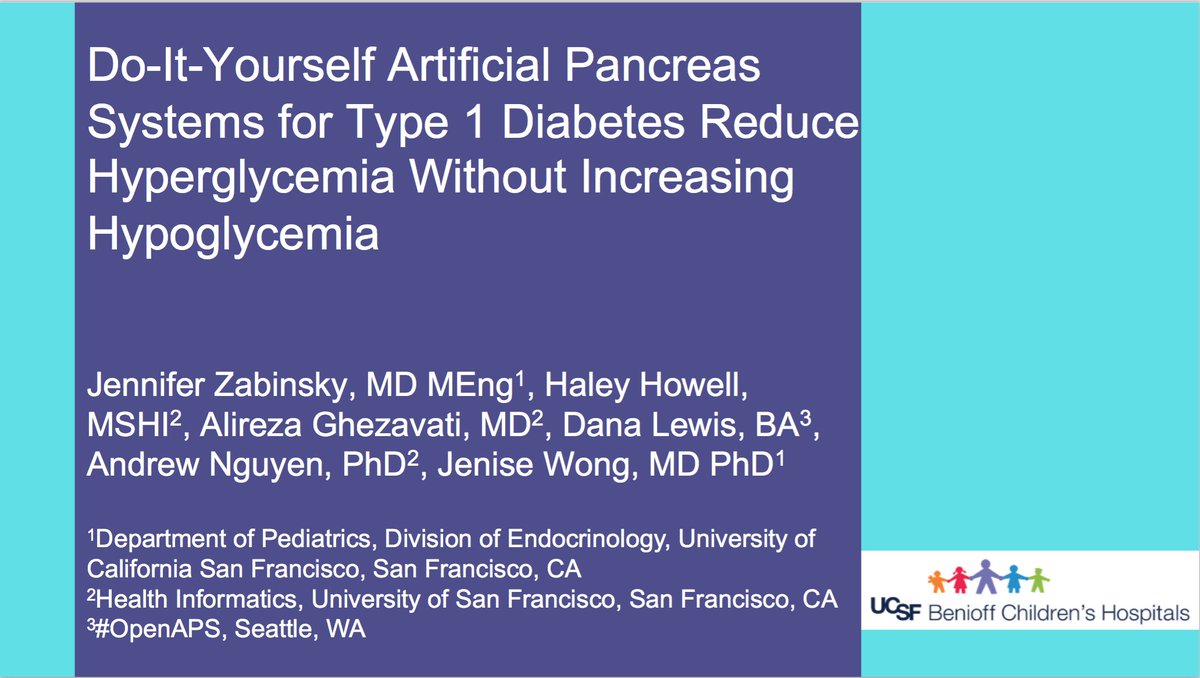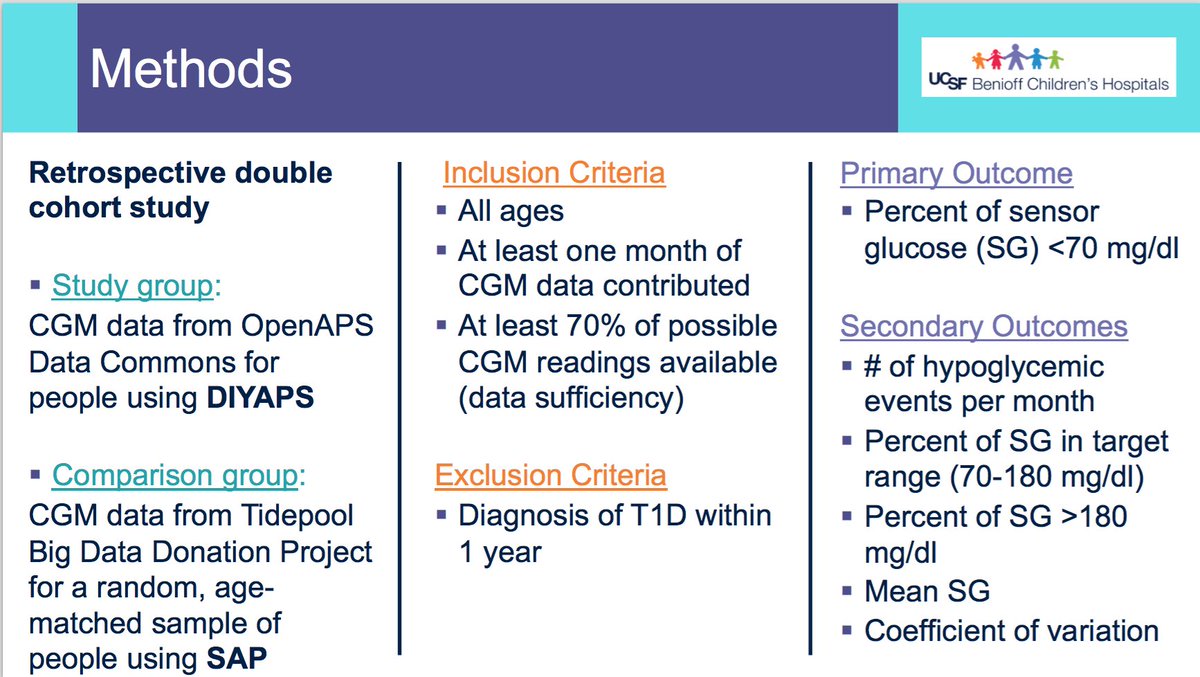Here is a Twitter thread summarizing poster 1056-P at #ADA2019 in category 12-D Clinical Therapeutics/New Technology–Insulin Delivery Systems, Preliminary Characterization of Rhythmic Glucose Variability In Individuals With Type 1 Diabetes, by @azure_dominique & @danamlewis 

Background:
Human physiology, including blood glucose, exhibits rhythms at multiple timescales, including hours (ultradian, UR), the day (circadian, CR), and the ~28-day female ovulatory cycle (OR). #ADA2019
Human physiology, including blood glucose, exhibits rhythms at multiple timescales, including hours (ultradian, UR), the day (circadian, CR), and the ~28-day female ovulatory cycle (OR). #ADA2019
Individuals with T1D may suffer rhythmic disruption due not only to the loss of insulin, but to injection of insulin that does not mimic natural insulin rhythms, the presence of endocrine-timing disruptive medications, and sleep disruption. #ADA2019
However, rhythms at multiple timescales in glucose have not been mapped in a large population of T1D, and the extent to which glucose rhythms differ in temporal structure between T1D and non-T1D individuals is not known. #ADA2019
Data & Methods:
The initial data set used for this work leverages the OpenAPS Data Commons. (This data set is available for all researchers – see OpenAPS.org/data-commons)
All data was processed in Matlab 2018b with code written by Azure Grant. #ADA2019
The initial data set used for this work leverages the OpenAPS Data Commons. (This data set is available for all researchers – see OpenAPS.org/data-commons)
All data was processed in Matlab 2018b with code written by Azure Grant. #ADA2019
Frequency decompositions using the continuous morlet wavelet transformation were created to assess change in rhythmic composition of normalized blood glucose data from 5 non-T1D, and anonymized, retrospective CGM data from 19 T1D individuals using a DIY closed loop APS. #ADA2019
Wavelet algorithms were modified from code made available by Dr. Tanya Leise at Amherst College (see bit.ly/LeiseWaveletAn…) #ADA2019
Results: Inter and Intra-Individual Variability of Glucose Ultradian and Circadian Rhythms is Greater in T1D #ADA2019 

^
Figure 1. Single individual blood glucose over ~ 1 year with A.) High daily rhythm stability and B.) Low daily rhythm stability. Low glucose is shown in blue, high glucose in orange. #ADA2019
Figure 1. Single individual blood glucose over ~ 1 year with A.) High daily rhythm stability and B.) Low daily rhythm stability. Low glucose is shown in blue, high glucose in orange. #ADA2019
^^ Figure 2. T1D individuals (N=19) showed a wide range of rhythmic power at the circadian and long-period ultradian timescales compared to individuals without T1D (N=5). #ADA2019
A). Individuals’ CR & UR power, reflecting amplitude & stability of CRs, varies widely in T1D individuals compared to non-T1D. UR power was of longer periodicity (>= 6 h) in T1D, likely due to DIA effects, whereas UR power was most commonly in 1-3 hr range in non-T1D #ADA2019
B.) On average, both CR and UR power were significantly higher in T1D (p<.05, Kruskal Wallis). This is most likely due to the higher amplitude of glucose oscillation, shown in two individuals in C. #ADA2019
Conclusions:
This is the first longitudinal analysis of the structure and variability of multi-timescale biological rhythms in T1D, compared to non-T1D individuals. #ADA2019
This is the first longitudinal analysis of the structure and variability of multi-timescale biological rhythms in T1D, compared to non-T1D individuals. #ADA2019
Individuals with T1D show a wide range of circadian and ultradian rhythmic amplitudes and stabilities, resulting in higher average and more variable wavelet power than in a smaller sample of non-T1D. #ADA2019
Ultradian rhythms of people with T1D are of longer periodicity than individuals without T1D. These analyses constitute the first pass of a subset of these data sets, and will be continued over the next year. #ADA2019
Future work: JDRF has recently funded our exploration of the Tidepool Big Data Donation Project, the OpenAPS Data Commons, and a set of non-T1D control data in order to map biological rhythms of glucose/insulin. #ADA2019
We will use characterize URs, CRs, ORs in glucose/insulin for T1D; evaluate if stably rhythmic timing of glucose is associated with improved outcomes; and evaluate if modulation of insulin based on time of day or time of ovulatory cycle could lead to improved outcomes. #ADA2019
Mapping population heterogeneity of these rhythms in people with and without T1D will improve understanding of real-world rhythmicity, and may lead to non-linear algorithms for optimizing glucose in T1D. #ADA2019 (/end)
(You can find a longer form copy of this poster content, and all other posters co-authored by @danamlewis at bit.ly/DanaMLewisADA2…)
• • •
Missing some Tweet in this thread? You can try to
force a refresh










